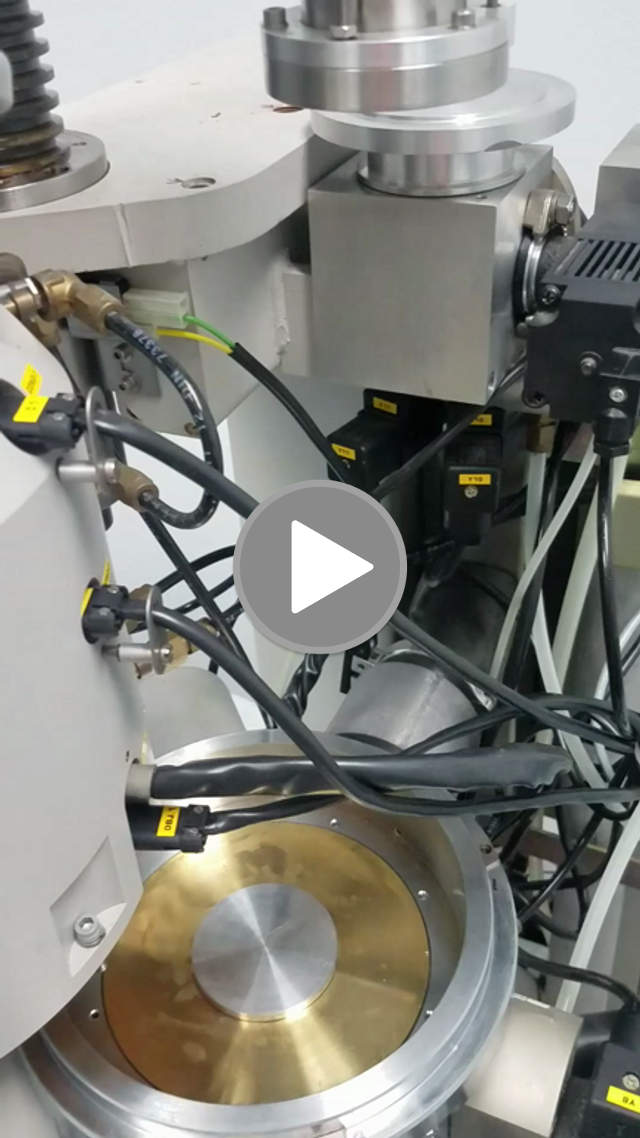... are many ways do this. One way is by isolating a suspect section, which is what I have just done. What you see is the upper objective and beam forming section hanging from the gun. I had separated them from the rest of the column at the stage, and plugged to the two vacuum connections. Now it is pumping down as it should. Which tells me that the leak is at 1 of the 9 seals in the top section. 4 I have already eliminated, and I am pretty confident it Is the metallic seal above the pole piece (shiny truncated cone looking thing). Prior to splitting the column I isolated sections using the 10 vacuum valves this thing has. Two other methods are using a Helium Leak Detector, or Sonic Leak detector. I have not had much luck with the later, or at least the one we have. The He Leak detector works best, but they don't have one here and most labs do not. They are pretty pricey. I have a few other tricks up my sleeve for finding leaks but that is for another post.
Looking for a vacuum leak in a Philips CM Transmission Electron Microscope. There ...
@roguescientist84
· 2019-08-30 21:30
· appics
#appics
#electronmicroscope
#science
#engineering
#steemstem
#tech
#partiko
Payout: 0.000 HBD
Votes: 426
More interactions (upvote, reblog, reply) coming soon.

